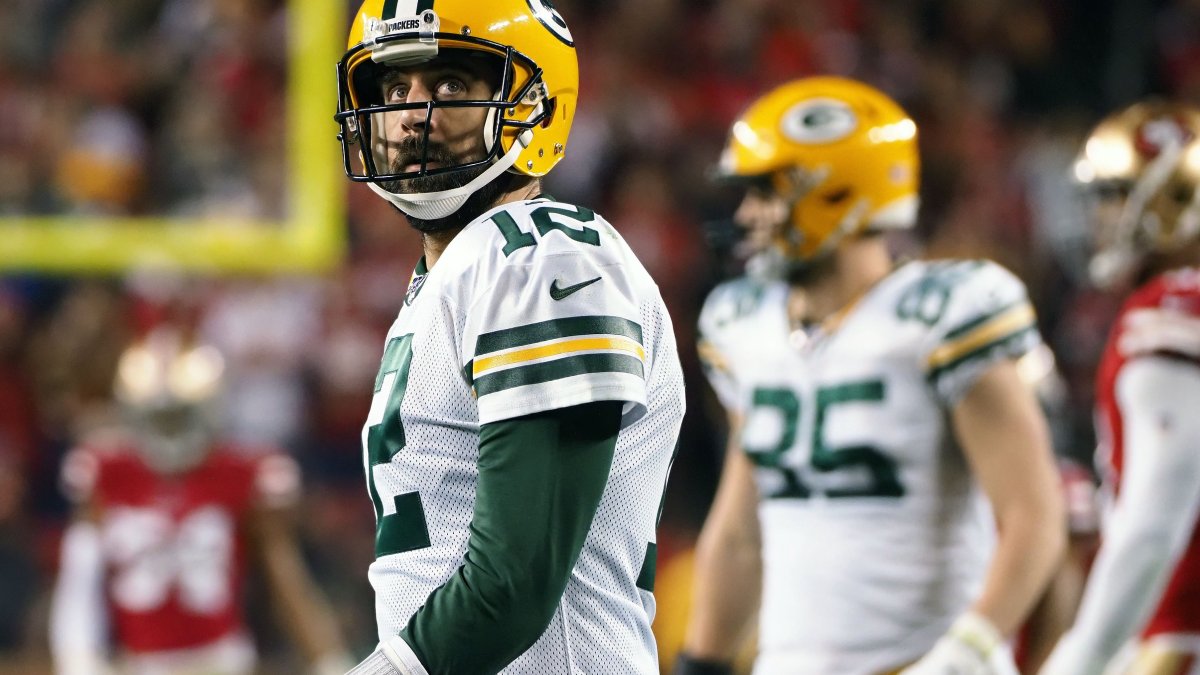With the 2020 offseason in full swing, it’s time to start taking a look ahead at what we think will happen next fall. One way to do that is to look back at what actually happened during the 2019 season versus what actually happened. There are a bunch of ways to do so (for example, Pythagorean expectation). In this article, we'll use two ways. One is to examine a team’s win-loss record (including playoffs) when each game decided by eight or fewer points is considered half of a win. This identified Dallas as a team that would regress in 2019. This win total, which we’ll call “adjusted wins” is correlated season-to-season at a rate of 0.44 (versus 0.36 for actual wins, including playoffs).
Another way to look at the idea of luck is via the sum of a team’s wins above replacement, which is powered by our friends at AWS. Since we assume a team full of 0 WAR players would win three games, we add three to this number. WAR wins are correlated season-to-season at a rate of 0.51, with a great deal of this stability attributed to that of the quarterback position and their respective WARs.
[Editor's Note: PFF's Wins Above Replacement (WAR) metric is powered by AWS machine learning capabilities.]
Looking at the disparity between actual wins and “expected wins” can bring away a few takeaways. One is to attribute the difference to “luck” or “noise,” which would be a strong indicator that if fundamentals (e.g. quarterback) don’t change too drastically, that a reversion to the mean is in order. Another is to attribute the difference to coaching. For example, in our article on Andy Reid prior to the Super Bowl, we pointed out that Reid has generated more actual wins than expected wins during his time with the Chiefs. I am choosing to interpret the difference as arising from the former source, but there are interpretations to be made with the following teams regarding the latter.
Exclusive content for premium subscribers

WANT TO KEEP READING?
Dominate Fantasy Football & Betting with AI-Powered Data & Tools Trusted By All 32 Teams
Already have a subscription? Log in



 © 2025 PFF - all rights reserved.
© 2025 PFF - all rights reserved.